Raising a child comes with financial challenges, and to support young and working parents, the government has introduced the Parenthood Tax Rebate (PTR) 2025. This initiative is designed to ease the financial burden on families by providing tax relief based on the number of dependent children and the financial contributions of parents or guardians.
Table of Contents
This article will cover everything you need to know about the Parenthood Tax Rebate 2025, including eligibility criteria, rebate amounts, special benefits for single mothers and guardians, and additional financial relief programs.
📢 What is the Parenthood Tax Rebate 2025?
The Parenthood Tax Rebate (PTR) is a financial relief initiative aimed at assisting parents and guardians in managing the costs associated with raising children. This program benefits:
✔️ Married parents
✔️ Single working mothers
✔️ Divorced parents sharing custody
✔️ Adoptive parents and guardians
✔️ Grandparents taking care of grandchildren
The rebate is issued annually and helps cover essential expenses such as childcare, education, and daily living costs.
📌 Key Features of Parenthood Tax Rebate 2025:
✔️ Amounts vary based on the number of children in the household
✔️ Eligibility is based on residency, income, and childcare responsibilities
✔️ Additional benefits for single mothers, adoptive parents, and domestic workers
✔️ Joint application required for divorced parents sharing custody
1 Million Americans to Receive Surprise Tax Refund from IRS – Here’s What You Need to Know
IRS Distribute Stimulus Catch-Up Payments to Qualified Virgin Islanders
New $725 California Stimulus Check Announced – Here’s How to Apply and Qualify
Is SNAP actually helpful for Americans? Let’s Clarify the Facts
✅ Who Can Claim the Parenthood Tax Rebate?
To qualify for the Parenthood Tax Rebate (PTR) 2025, applicants must meet certain eligibility requirements. The basic qualifications are outlined below:
🔹 General Eligibility Criteria
✔️ Parents must be permanent residents or citizens of the country
✔️ Proof of residency (e.g., utility bills such as electricity, water, or gas) is required
✔️ Children must be born in the country (foreign-born children must provide a birth certificate and relevant documents)
✔️ Parents must be the child’s primary guardian
✔️ Children enrolled in school must provide educational details and expenses
🔹 Special Cases
✔️ Adoptive parents or guardians can apply with official adoption documents
✔️ Single working mothers must provide employment records, such as salary slips and employer details
✔️ Divorced parents sharing custody will receive payments based on their financial contributions and time spent with the child
✔️ Parents must have their tax filings up to date to receive the rebate
💰 Parenthood Tax Rebate 2025: How Much Will You Receive?
The rebate amount varies based on the number of children in the household and their year of birth. The table below provides a breakdown:
| Child Order | PTR for Children Born (2007-2018) | PTR for Children Born After 2018 |
|---|---|---|
| First Child | $0 | $5,000 |
| Second Child | $10,000 | $10,000 |
| Third Child | $20,000 | $20,000 |
| Fourth Child | $20,000 | $20,000 |
| Fifth Child & More | $0 | $20,000 per child |
📌 Additional Benefits are available for single working mothers, adoptive parents, and caregivers, which further increase the rebate amount.
📢 Additional Financial Relief Under Parenthood Tax Rebate 2025
The government has introduced several financial relief programs under the Parenthood Tax Rebate 2025 to support different caregivers and working parents.
🔹 1. Working Mother Child Relief (WMCR)
💰 Rebate Amount: Up to $8,000 per child
✔️ Designed to help working mothers manage childcare expenses
✔️ Covers basic needs, transportation, and a portion of educational expenses
✔️ Amount varies based on household income and number of children
🔹 2. Grandparent Care Relief (GCR)
💰 Rebate Amount: Up to $3,000 per child
✔️ For grandparents caring for their grandchildren in the absence of parents
✔️ Covers childcare, foster care, and education-related expenses
✔️ Applicable to retired or low-income grandparents
🔹 3. Foreign Domestic Worker Childcare Relief
💰 Rebate Amount: Based on work commitment and childcare responsibilities
✔️ Support for domestic workers involved in childcare
✔️ Helps cover expenses of raising a child while working in non-profit organizations
✔️ Encourages parents to balance work and childcare responsibilities
📢 If a working mother passes away, the rebate will be issued based on the credit claim rate of the single surviving parent.
📅 How to Apply for Parenthood Tax Rebate 2025?
✔️ Step 1: Gather essential documents (e.g., birth certificates, proof of residency, income statements)
✔️ Step 2: Submit tax returns and ensure they are up to date
✔️ Step 3: Apply through the official tax portal before the deadline
✔️ Step 4: If sharing custody, both parents must apply jointly
✔️ Step 5: Await approval and rebate disbursement from tax authorities
📌 Important: Applications with incorrect or missing documents may face delays in processing.
💬 Final Thoughts: How the Parenthood Tax Rebate 2025 Helps Families
The Parenthood Tax Rebate 2025 is a much-needed financial relief program aimed at supporting families in managing the rising costs of childcare. With generous rebates per child, along with additional benefits for single parents, grandparents, and working mothers, this initiative is set to ease the financial pressure on caregivers.
📢 To maximize your rebate, ensure your tax filings are up to date and apply before the deadline! 💰
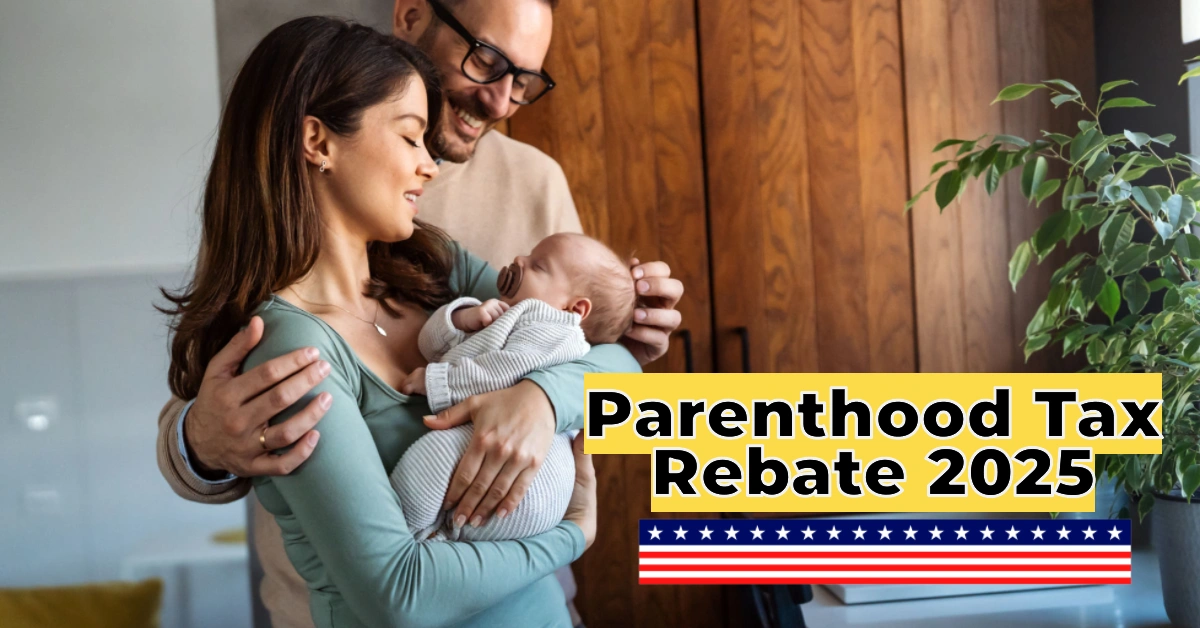
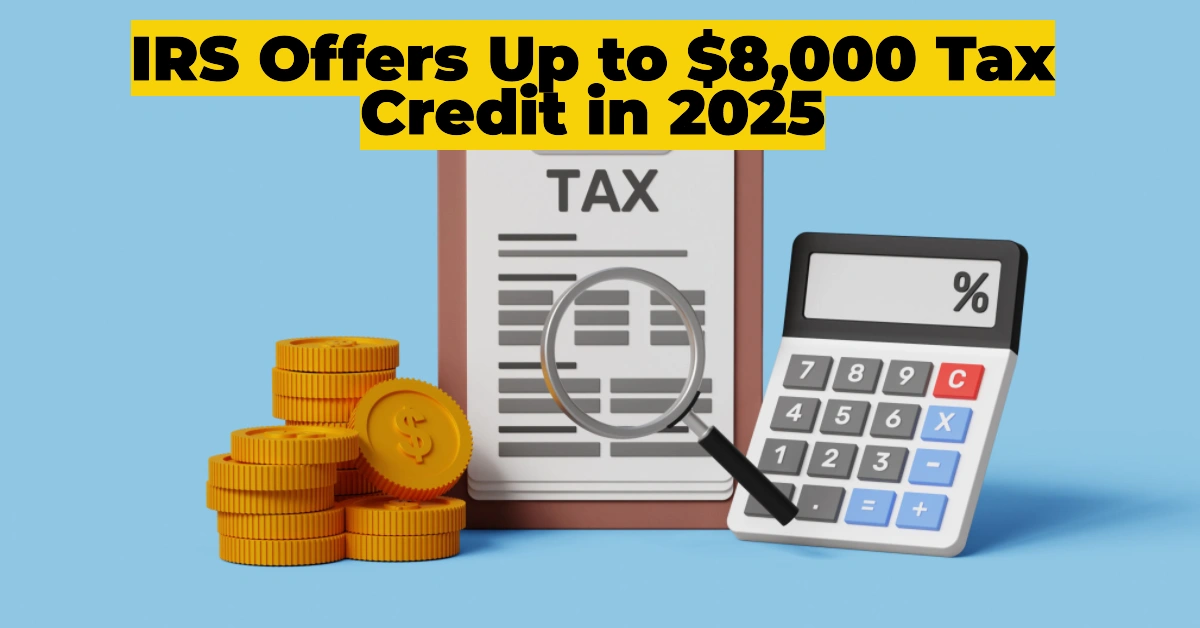

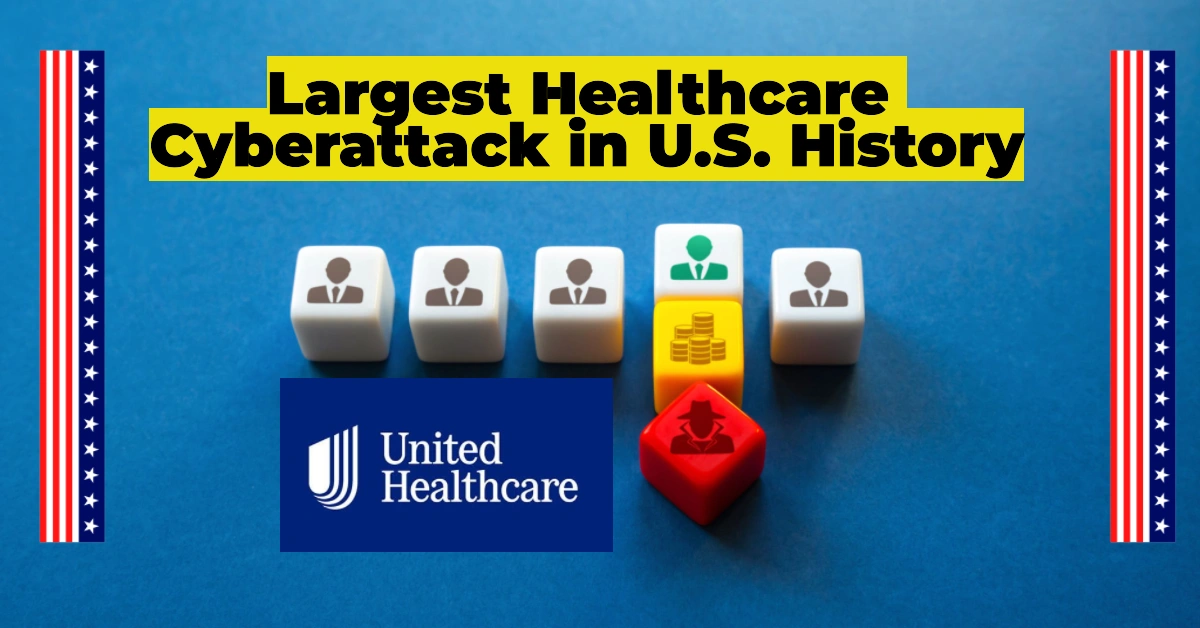





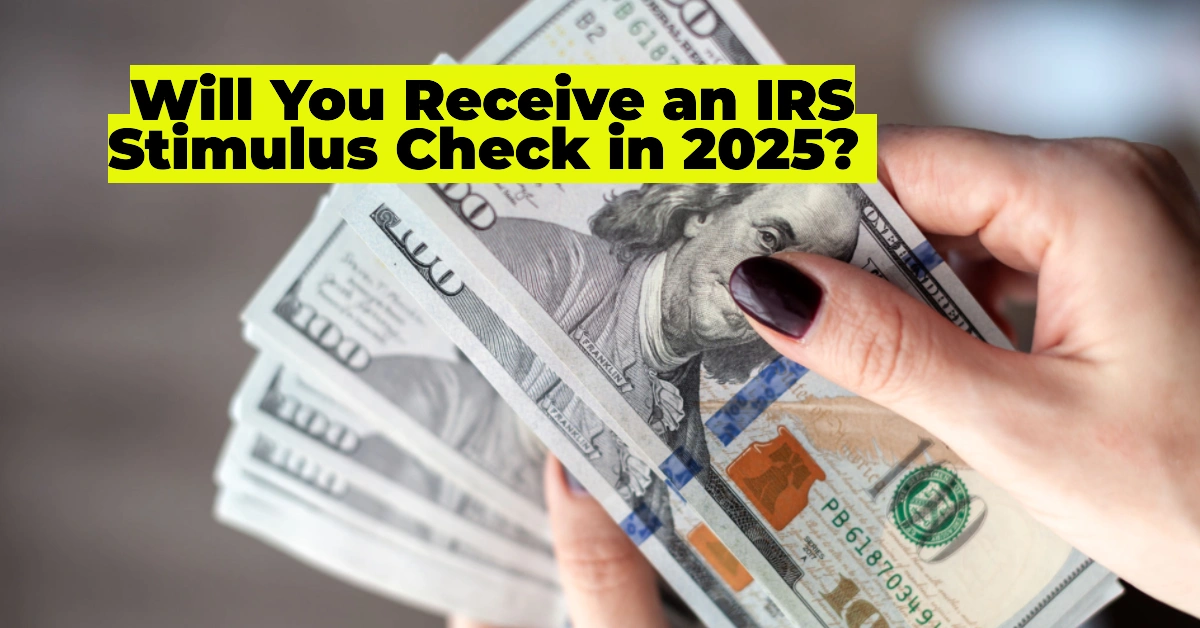
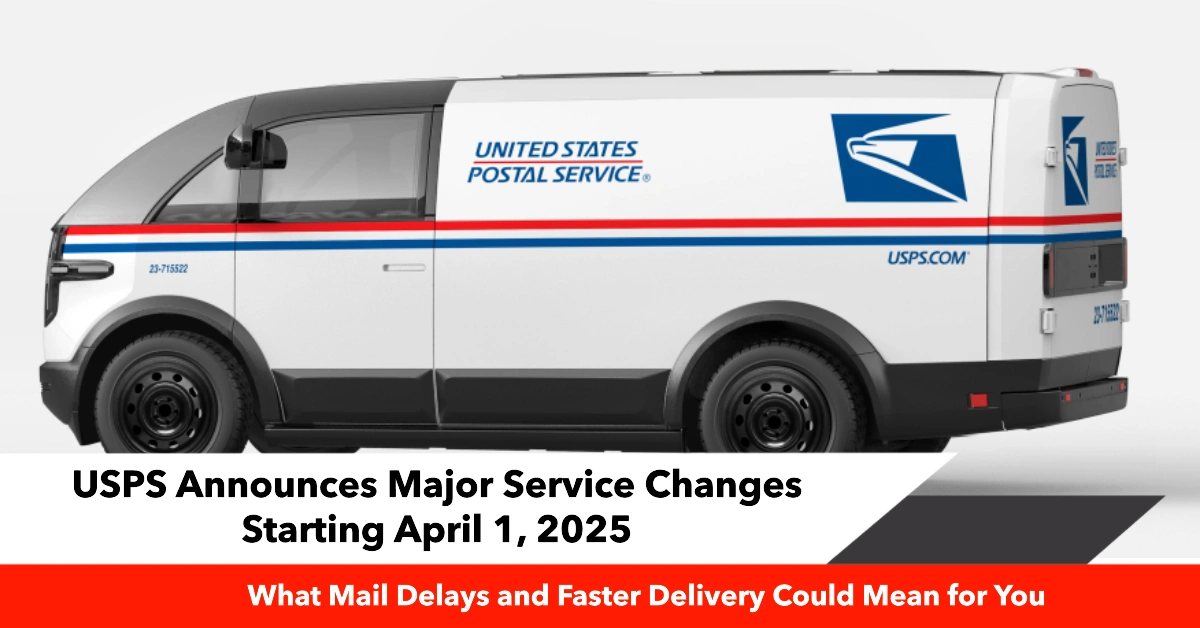
4 thoughts on “Parenthood Tax Rebate 2025: Eligibility, Rebate Amount, & Additional Benefits for Parents and Guardians”